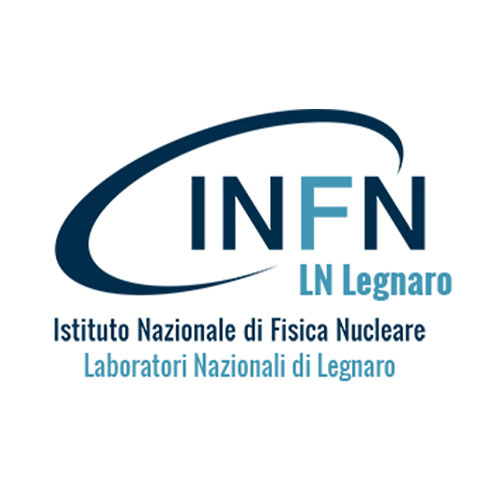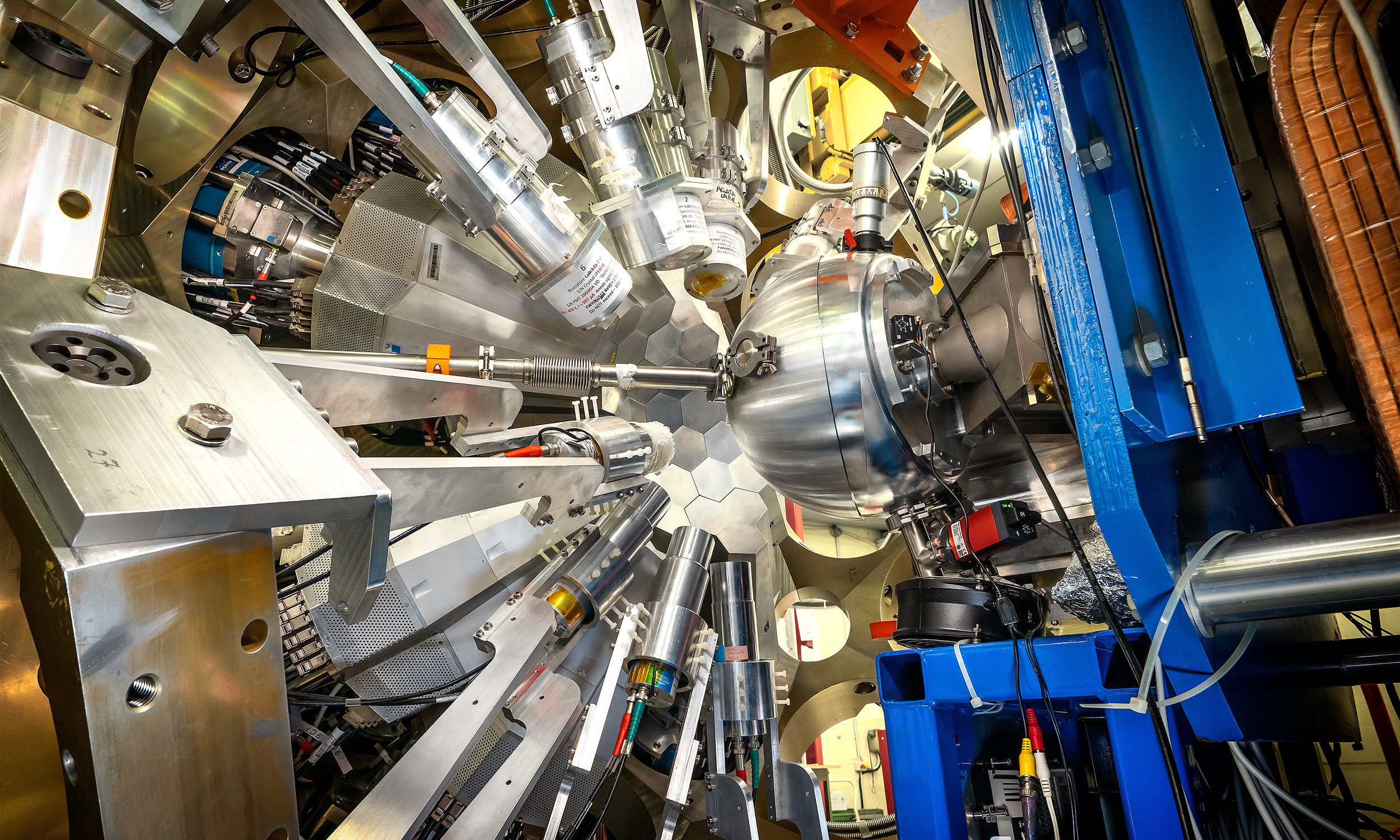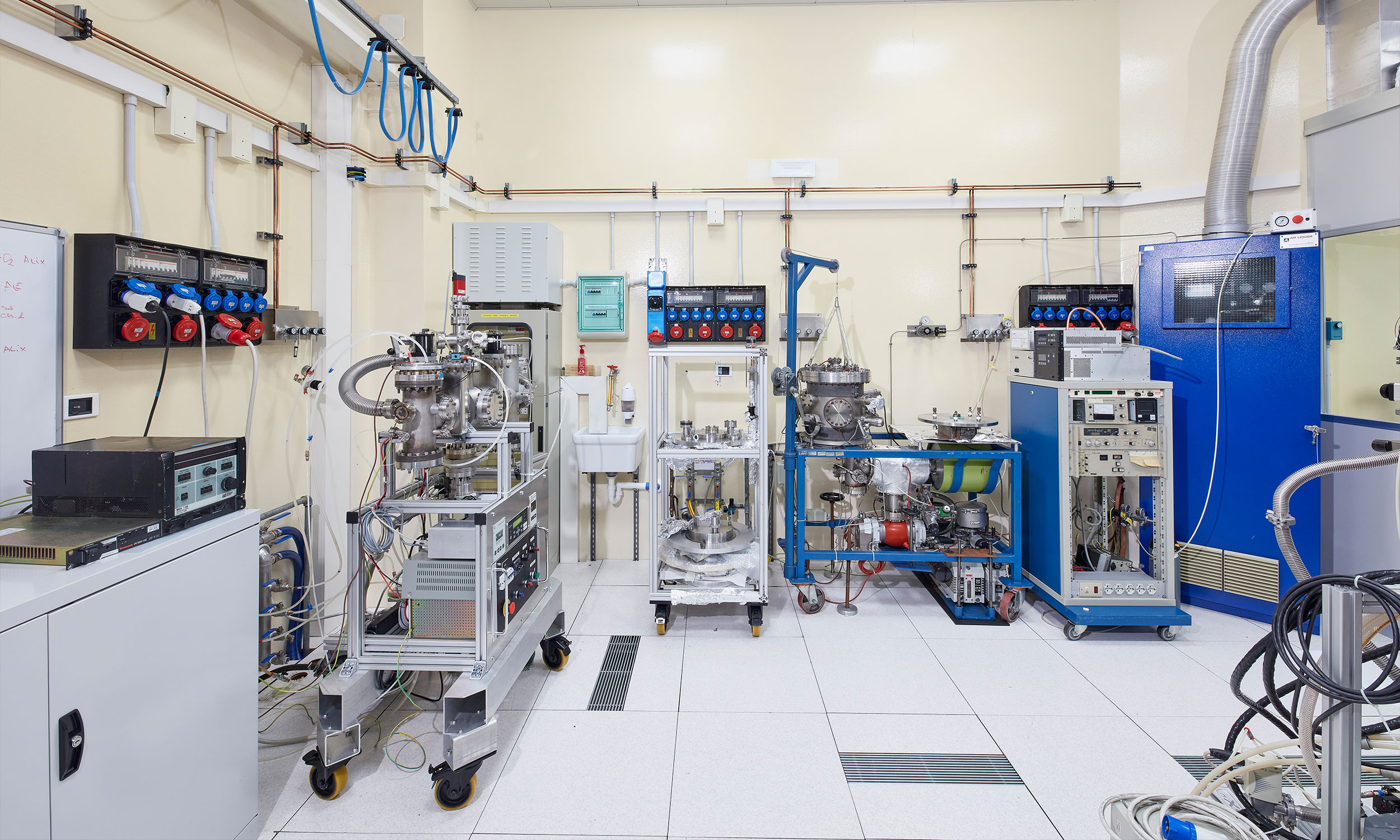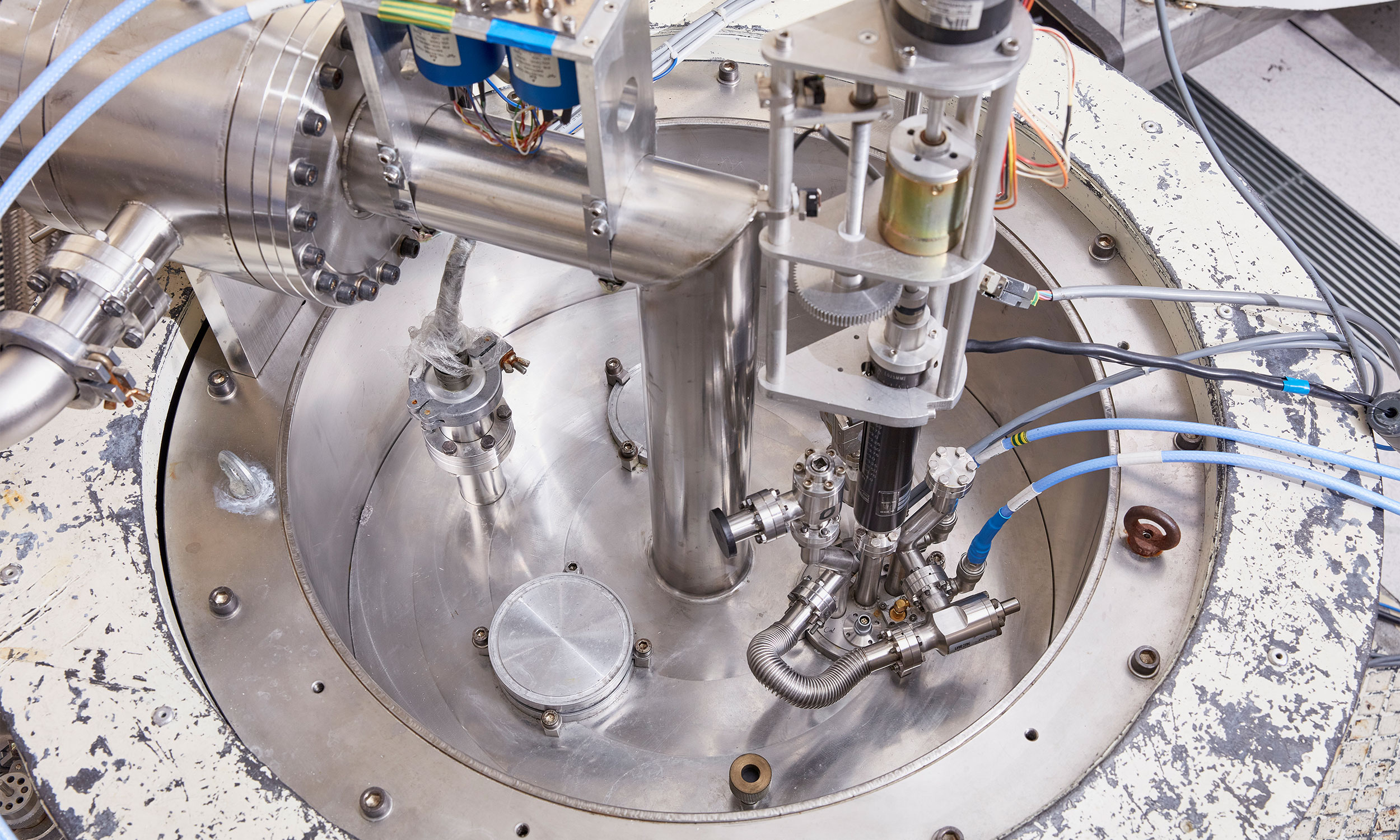
Legnaro National Laboratories – National Institute of Nuclear Physics
Viale dell'Università, 2 - 35020 Legnaro (PD) ITALY
https://www.lnl.infn.it/
Located about ten kilometers east of Padua, the Laboratories occupy a large area in the outskirts of of Legnaro, on the border Ponte San Nicolò. The Laboratories permanent staff counts on 145 members. Approximately 250 people access the laboratories every day with an annual average of 700 external users.
The accelerators provide ion beams for nuclear physics and nuclear astrophysics studies and interdisciplinary research. The development and innovation in the field of particle accelerators, radiation detectors and on the associated technologies are the strengths of the Laboratories.
Of particular relevance are the technology transfer activities that exploit the expertises of the laboratories on surface treatment technologies, thin film deposition, and, in the future, the production of radioisotopes of medical interest.
The experiments being carried out at the TAP complex are mainly aimed at studying the structure of exotic nuclei (such as those created in stars), produced through appropriate nuclear collisions, and the different mechanisms involved in a nuclear reaction. The former are currently carried out using the GALILEO gamma-ray spectrometer (a system of hyper-pure germanium detectors cooled with liquid nitrogen) coupled to several complementary detectors. Investigating the dynamics of the reactions, on the other hand, requires different instruments specialised in the detection and identification of the particular fragments produced: the PRISMA magnetic spectrometer, the GARFIELD multi-detector, the PISOLO electrostatic deflector and time-of-flight spectrometer, and the EXOTIC infrastructure for the in-flight production of exotic light ions.
At the AN2000 and CN accelerators, on the other hand, numerous interdisciplinary physics activities are carried out, based on the use of ion beams, with experiments dedicated to the elemental analysis of samples of different natures, the characterisation of targets for the development of innovative radioisotopes, radiobiology and microdosimetry studies, and irradiation of detectors and electronic devices.




